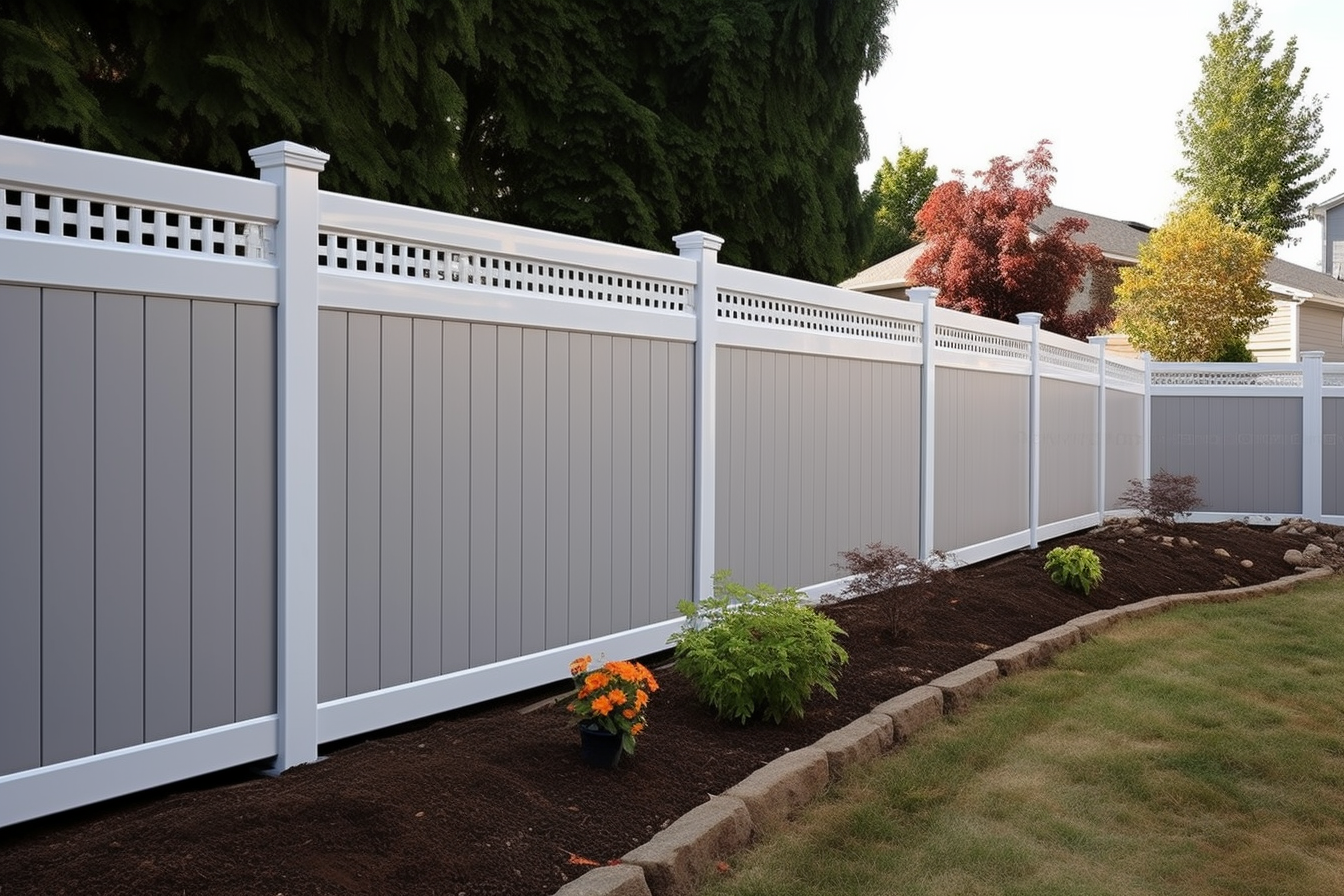How to Select the Best Garden Fence for Your Needs
Discover the most popular types of garden fences, including wood, vinyl, aluminum, chain-link, and wrought iron fences. Learn about installation costs, privacy options, and maintenance tips. Innovative ideas like gabion walls and laser-cut metal panels are also explored.

What are the most popular types of garden fences?
Garden fences come in a variety of materials and styles, each offering distinct advantages. Wood fences remain a classic choice, with cedar and pressure-treated pine being popular for their natural appearance and durability. Vinyl fencing has gained traction due to its low maintenance and resistance to rot and insects. Metal options, including aluminum and wrought iron, provide strength and elegance, often used for decorative purposes or security. Chain-link fences offer affordability and functionality, particularly for larger properties. Composite fencing, made from a blend of wood fibers and plastic, combines the look of wood with enhanced durability. Your choice depends on your priorities, whether that’s aesthetics, longevity, or ease of installation.
How much does garden fence installation typically cost?
The cost of installing a garden fence varies significantly based on material, height, length, and labor rates in your area. Wood fencing typically ranges from $15 to $30 per linear foot installed, with cedar being more expensive than pine. Vinyl fencing generally costs between $20 and $40 per linear foot, reflecting its durability and minimal upkeep. Metal fences, such as aluminum or wrought iron, can range from $25 to $50 per linear foot or more, depending on design complexity. Chain-link fencing is among the most affordable, averaging $10 to $20 per linear foot. Composite materials fall in the mid-to-high range, around $25 to $45 per linear foot. Additional costs may include gate installation, ground preparation, and removal of existing fencing.
| Material Type | Average Cost Per Linear Foot | Key Features |
|---|---|---|
| Wood (Pine) | $15 - $25 | Natural look, requires maintenance, customizable |
| Wood (Cedar) | $20 - $30 | Naturally resistant to rot, attractive grain |
| Vinyl | $20 - $40 | Low maintenance, weather-resistant, variety of styles |
| Aluminum | $25 - $45 | Lightweight, rust-resistant, decorative options |
| Wrought Iron | $30 - $50+ | Highly durable, elegant, requires painting |
| Chain-Link | $10 - $20 | Affordable, functional, minimal privacy |
| Composite | $25 - $45 | Eco-friendly, low maintenance, wood-like appearance |
Prices, rates, or cost estimates mentioned in this article are based on the latest available information but may change over time. Independent research is advised before making financial decisions.
What are the best fencing options for privacy?
If privacy is your primary concern, solid-panel fences are the most effective choice. Wood privacy fences, typically six feet tall, provide complete visual screening and are customizable in design. Vinyl privacy fences offer similar coverage with the added benefit of minimal maintenance and resistance to fading. Composite fencing delivers privacy while mimicking the appearance of wood without the upkeep. For a more modern aesthetic, horizontal slat fences create a sleek, contemporary look while blocking sightlines. Bamboo fencing offers an eco-friendly alternative with natural charm, though it may require more frequent replacement. When selecting a privacy fence, consider local regulations regarding height restrictions and setback requirements, as these can vary by municipality.
What factors should I consider when choosing a garden fence?
Several key factors influence the right fence choice for your property. Purpose is paramount: determine whether you need privacy, security, decoration, or a combination. Climate plays a significant role, as certain materials perform better in specific weather conditions. Wood may warp in humid climates, while vinyl can become brittle in extreme cold. Budget constraints will narrow your options, balancing upfront costs against long-term maintenance expenses. Local regulations and homeowner association rules may dictate height, style, and placement. Maintenance requirements vary widely, with vinyl and composite requiring minimal upkeep compared to wood, which needs regular staining or painting. Finally, consider the aesthetic compatibility with your home’s architecture and landscaping to ensure visual harmony.
How can I maintain my garden fence for longevity?
Proper maintenance extends the life of your garden fence significantly. Wood fences require the most attention: inspect annually for rot, insect damage, and loose boards. Clean with a mild detergent and water, then apply a protective stain or sealant every two to three years. Vinyl fences need occasional washing with soap and water to remove dirt and mildew, but generally require no other maintenance. Metal fences should be checked for rust, particularly at joints and fasteners. Touch up paint as needed and apply rust-inhibiting primer to affected areas. Composite fencing requires minimal care, typically just periodic cleaning. For all fence types, trim vegetation away from the fence line to prevent moisture buildup and damage. Check gates regularly to ensure hinges and latches function properly, lubricating hardware as needed. Addressing small issues promptly prevents costly repairs down the line.
Conclusion
Selecting the right garden fence involves careful consideration of materials, costs, privacy needs, and maintenance requirements. By evaluating your specific priorities and understanding the characteristics of different fencing options, you can make a choice that enhances your property’s functionality and appearance for years to come. Whether you prioritize durability, aesthetics, or budget-friendliness, there is a fencing solution that meets your needs while complementing your outdoor space.




